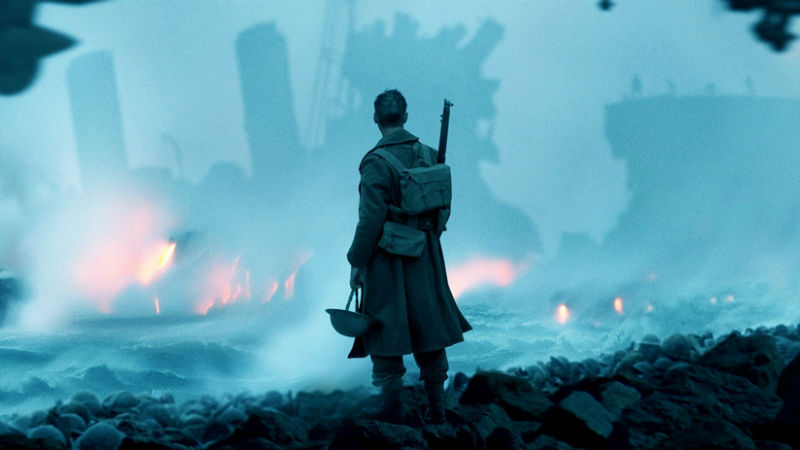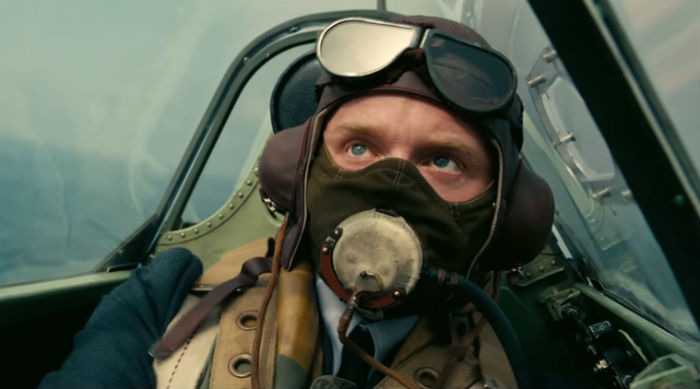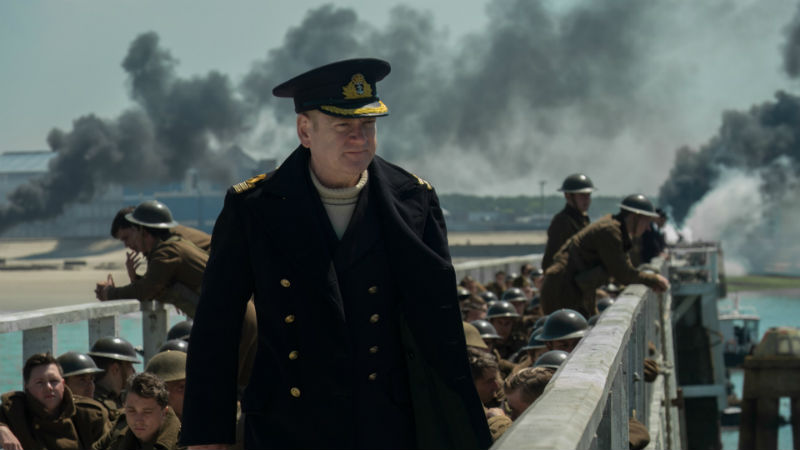Movie Reviews
Dunkirk Movie Review — Another Nolan Classic?
Does Dunkirk continue Christopher Nolan’s epic streak of quality blockbusters?

Having concluded his well-received and celebrated Dark Knight trilogy and moved onto mind-bending and existential sci-fi with Inception and Interstellar respectively, Christopher Nolan has set his eyes on far more prosaic and solemn material for his most recent project: The Battle of Dunkirk.
In 1940, the allies rapidly lost ground to Germany across the Continent and were pinned back in France at the beaches of Dunkirk. Barely managing to stall the opposition’s advance, the British set out to save as many of their men from the beach as possible, at the time seeming like an almost impossible task. Nolan’s film depicts the brave rescue attempts, which enlisted British civilians, and throws the audience head-first into the uncertainty and terror of war. World War II offers well-trodden subject matter that can often border on the obsessive, so a movie needs to achieve something unique to not disappear into the swathe of other attempted war epics.
Christopher Nolan, by and large, achieves that prerequisite and manages to sufficiently differentiate Dunkirk from the rest for it to be memorable. The most notable element of Dunkirk, and what is most prominent in the visual style, is the concept of immersion. Everything about the cinematography and scene selection feels designed to create an immersive experience bordering on the uncomfortable, which is likely why it’s so successful. Considering the subject matter a successful movie about harrowing military engagements shouldn’t be pleasant, it shouldn’t have vibrant colour palettes or dreamy panning shots. Dunkirk succeeds in creating an oppressively claustrophobic atmosphere for the viewer, which, while not an enjoyable experience, ultimately communicates precisely what it must be like to be a soldier hoping to see another sunrise.

The score and often overwhelming sound effects serve to augment the visual immersion mentioned above. The sound effect imitating a ticking clock found in the initial trailer is incorporated throughout the movie to good effect, but it was occasionally slightly too noticeable – although it achieved its desired effect. During the movie a sense of urgency is ever-present, never letting you forget that the characters on screen were on the wrong side of a race for time that they didn’t look likely to win. Hans Zimmer is, as per usual, in fine form and his score is an integral part of Dunkirk’s ability to create such an intense atmosphere throughout its running time.
As the trailer alluded to, the characters in Dunkirk find themselves in difficult situations across land, sea, and air. The narrative is split among these three groups and it follows the difficulties encountered not only by soldiers, but also by the civilians enlisted to contribute to the rescue. While the film does feature acting veterans and A-list stars like Tom Hardy, Cillian Murphy, and Kenneth Branagh, the significance of each character isn’t tied to the star-power of the actor portraying them. It feels like an ensemble of equals where the only objective is telling the story and telling it authentically, with impressive performances across the board. Nolan is known for having incredibly well cast films and Dunkirk is no exception, and each of the actors involved end up doing the material justice. Even Harry Styles seemingly makes the jump from recording studio to silver screen rather smoothly.

While Dunkirk is a remarkably good movie about a well-worn period, it isn’t a movie for everyone. It creates a dire and desperate tone fitting of the bleak episode in history it explores, and as such doesn’t necessarily make for good viewing unless audience members understand the relevance of the story being told. Nolan’s latest outing provides a stark and immersive look one of history’s great escapes and he brings all his technical talent to the table to produce what may very well end up being a seminal piece about the time.















